Ancient Livithra
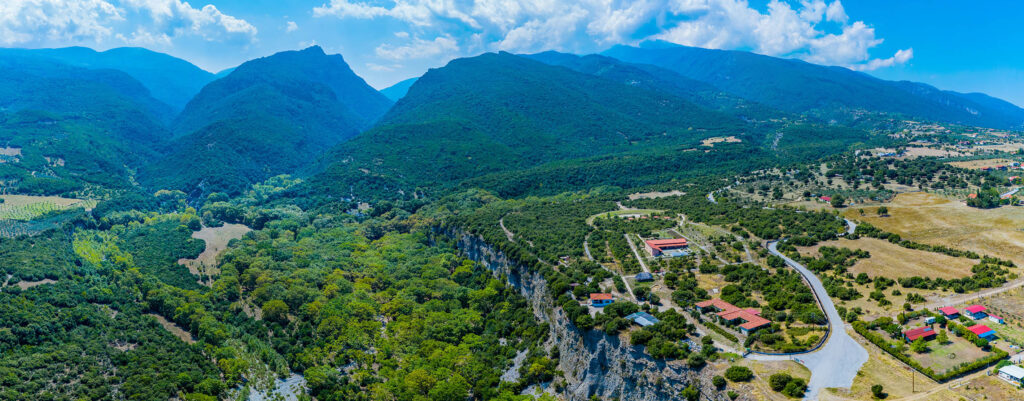
Livithra was as ancient city situated at the foot of Mt. Olympus. The city was completely destroyed due to an overflow of Sys river which archaeologists estimate coincides with today’s Ziliana stream, in the gorge of Kanala. Archaeological excavations have revealed parts of the wall, the acropolis, tombs, house floors, coins and statuettes. Tradition has it that Leivithra is the place where the mythical musician Orpheus died.
Approaching the archaeological site of Livithra is challenging and it is therefore accessible only on foot and through a magnificent plain tree forest (a declared natural monument) on the side of Leptokarya.
Ancient Theatre of Dion
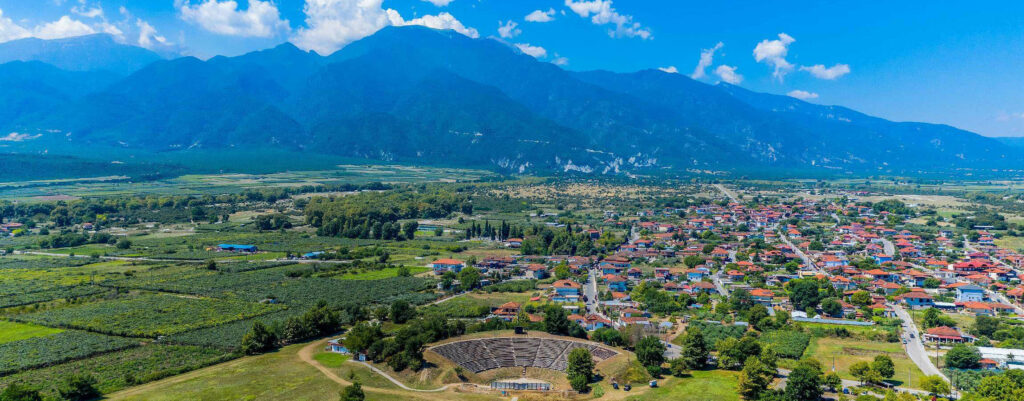
The theater of Dion was built during the Hellenistic years, on the same premises of a rudimentary theater built during the reign of Archelaos (5th century b.C.) The seat rows were made of brick and the floor of the orchestra was made of beaten earth, while the stage and the backstage were made of marble. The theater was deserted near the end of the 2nd century BC. Today, the historical theater has been renovated with modern seats and is utilized for cultural events and the Olympus Festival.
Dion archaeological park
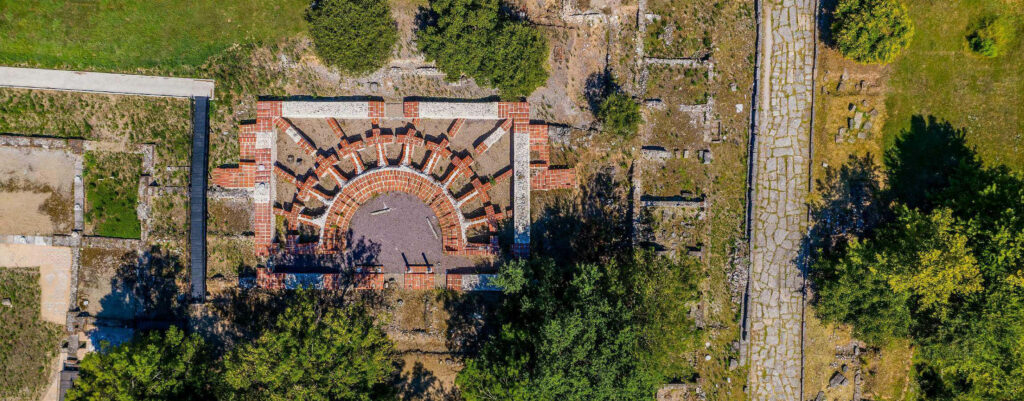
The archaeological site of Dion is one Greece’s most significant regions, as it is rich in antiquities, featuring streams gushing through ancient stones, a swift-water river Vafiras and lush vegetation with shady trees. A visit to the monumental ruins of Dion which belong to the Hellenistic,Roman and early Christian periods, is not only a visit to the historical past of a Macedonian city with an excellent, grid-like city plan of horizontal and vertical roads; it is also a trip of recreation through an archaeological park surrounded by natural beauty.
Archaeological site of Azoros
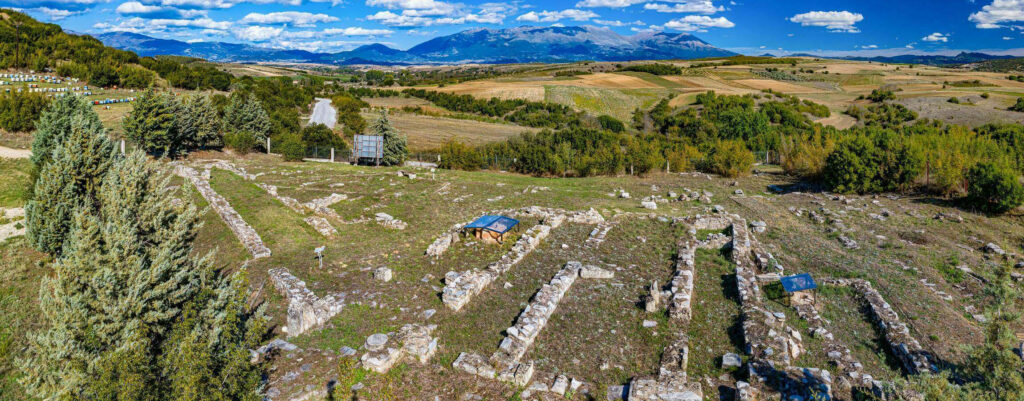
The excavations in Azoros began in October 1995. The wall, unearthed by the excavations, is one of a kind as polygonal stones were used for its construction. In the same spot, the tomb of a woman holding a baby was, also, discovered. Aside of tombs, other findings brought to light were public buildings and an important Byzantine cemetery with a cross-shaped church. Kastri peak, just above the excavation area, was the acropolis of the ancient city. Two Paleo-Christian basilicas have been found, one at the acropolis of Agios Athanasios and the other, dating back to the 7th century, at Palaiokklisi.
Archaeological site of Pythio
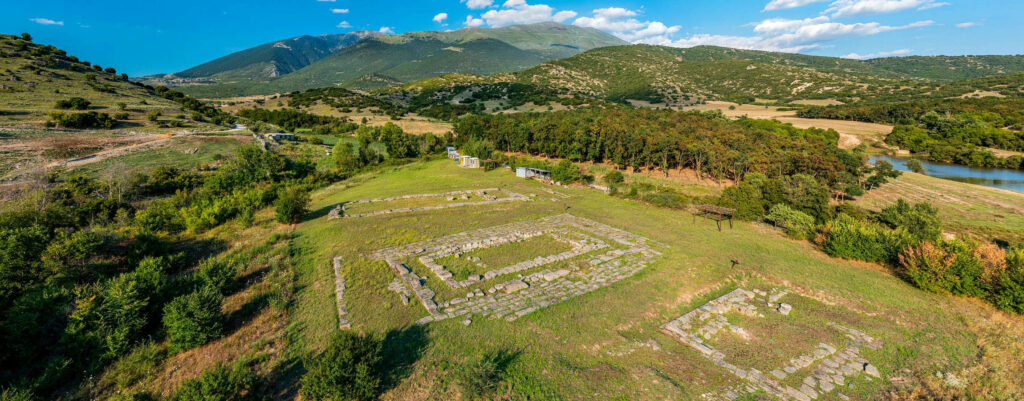
Excavations in Pythio revealed the temple of Poseidon from the 4th century BC and various other religious areas in its vicinity. The headless statue of a man was also found, identified as that of the god Apollo, and archaeologists are now striving to discover his glorious temple.
Archaeological site of Spathes
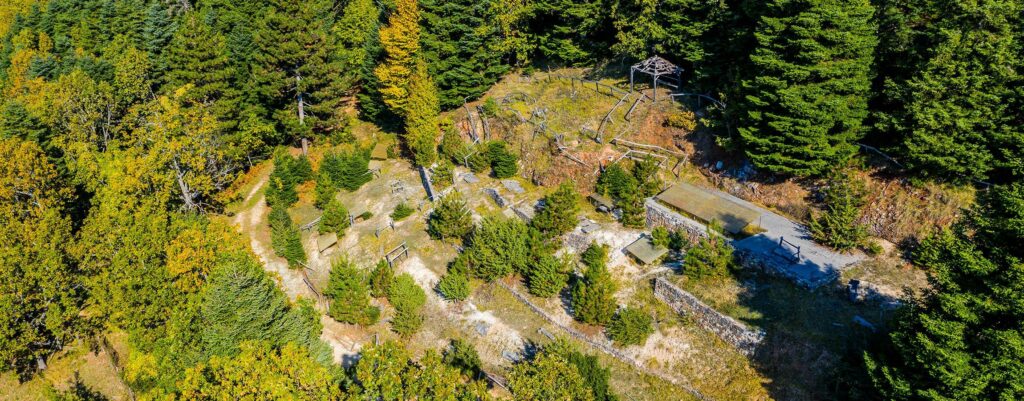
A Copper Age (1300-1200 BC) cemetery was discovered just off of Agios Dimitrios, on the road to Elassona, on a wooded slope of Olympus (altitude 1100 m), at the “Spathes” site. The box-shaped graves brought to light vessels, swords and jewelry, with the characteristics of the Mycenaean civilization, which means either that the region was at some point inhabited by Mycenaeans or that its prehistoric inhabitants had trade relations with southern Greece. One of the swords is similar to the sword found in the Acropolis of Mycenae.